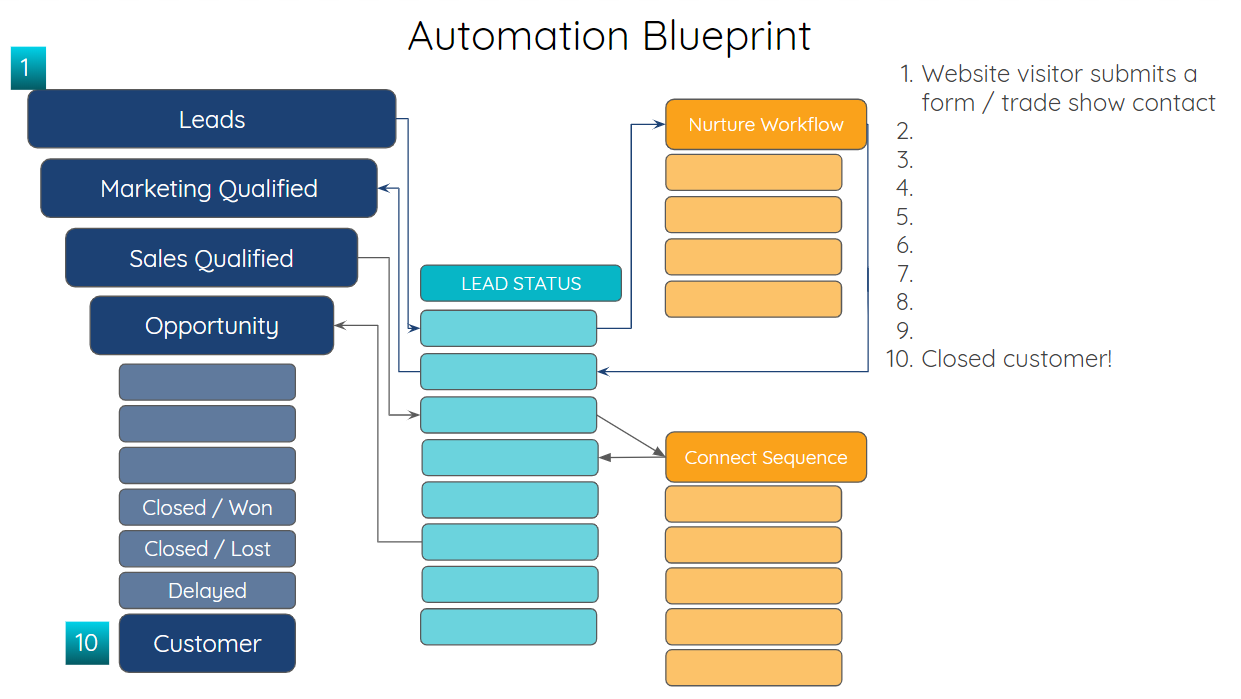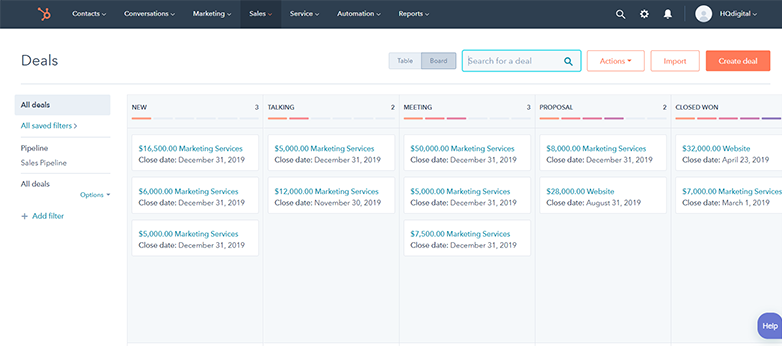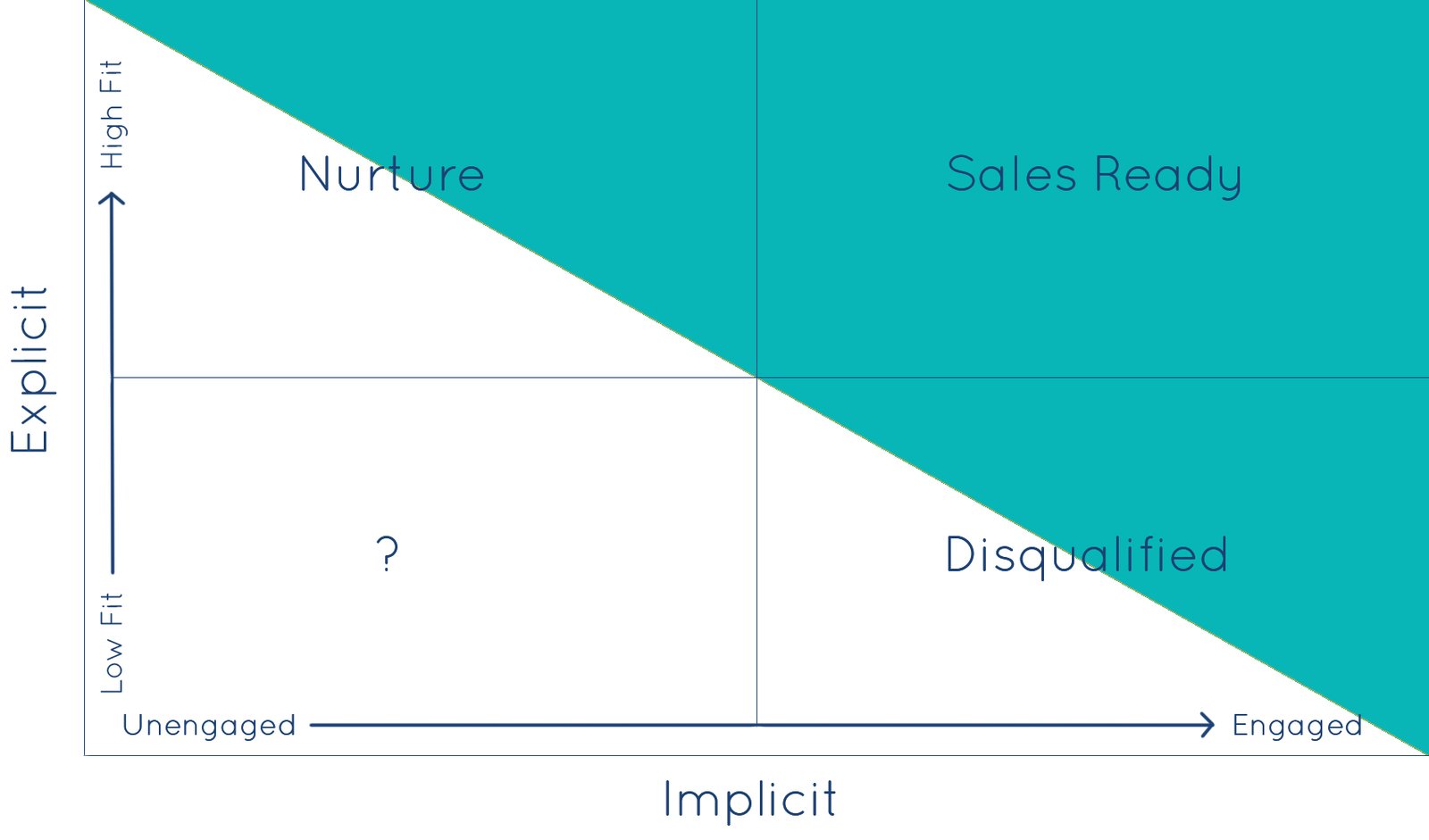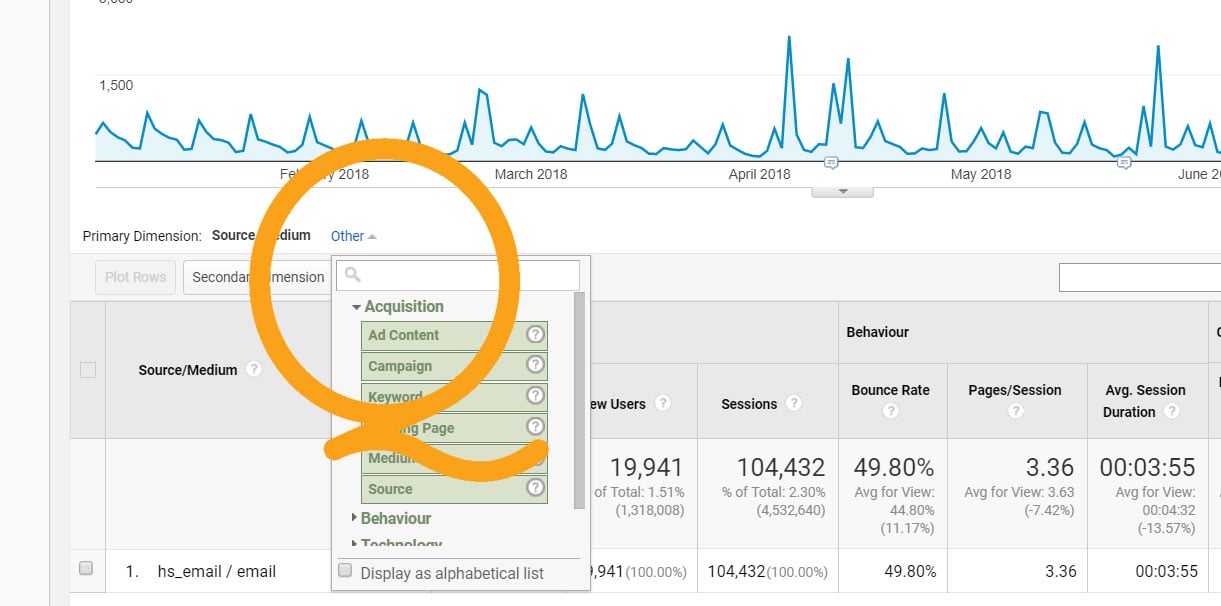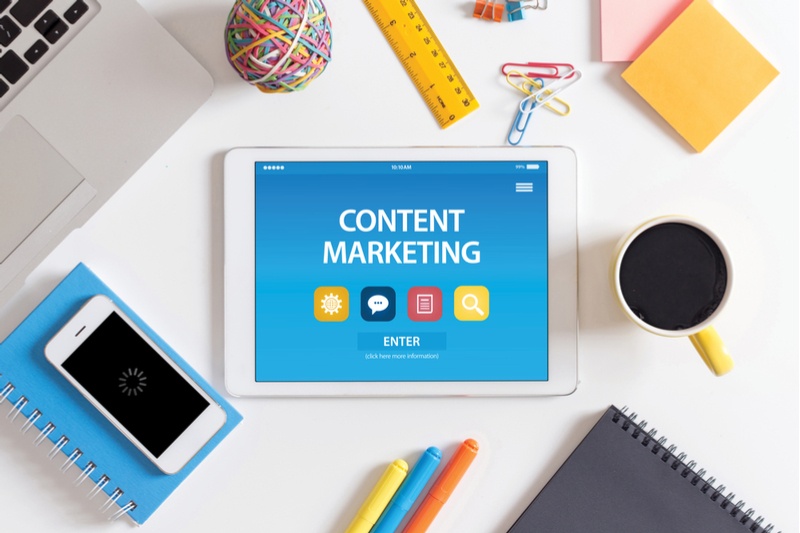 Creating an effective content strategy doesn’t have to be overly time-consuming or complicated. You just need to know what pieces to use and how to assemble them to create the results you want.
Creating an effective content strategy doesn’t have to be overly time-consuming or complicated. You just need to know what pieces to use and how to assemble them to create the results you want.
Below is a framework for a content marketing strategy that can usually be built in anywhere between an afternoon and a couple of weeks.
Of course, the more time you spend focusing on each of the areas below, the more comprehensive and effective your content marketing strategy will be.
Follow the seven easy steps below to build a content strategy that generates leads for all stages of your funnel.
Step 1 - Identify your target audience.
If you haven’t already created target buyer personas, definitely start there. Target personas are fictitious representations of your ideal customers that include important identifying and behavioral information to help you market to people like them in a more strategic way.
Determine your target audience for your content strategy by examining the pain points, problems and questions that your personas have throughout your sales funnel. Prioritize your content marketing targets based on the biggest opportunities for results. Also, take into consideration any already-existing pieces of content you have that may be reused or repurposed in your content strategy.
Research the types of content your personas prefer to consume, where and how they like to consume it. Compile a list of topics they like to read about in top industry publications, and determine how your company can present a unique perspective on these ideas. Save this list for later, in step 4.
Step 2 - Map your buyer’s journey.
Once you’ve identified who you’re trying to reach (step 1), your next step should be to map out that persona’s buyer’s journey, or the path they take to becoming your customer.
A typical buyer's journey has three phases: awareness, consideration and decision. These are typically represented as a funnel, because the idea is that your marketing works to progressively qualify this group in order to hand off your best leads to sales.
- Awareness - awareness-stage, or top-of-the-funnel leads, are in the earliest stages of their buyer's journey. At this stage, leads are generally looking for educational information and resources about a pain or problem they are experiencing. They are not ready to nor interested in talking to a salesperson at this point in their journey. Good awareness-stage tactics include infographics, checklists, blog posts and ebooks. These leads are typically willing to provide only basic identifying information (like an email address) in exchange for top-of-the-funnel content,
- Consideration - consideration-stage leads are middle-of-the-funnel leads who have completed their preliminary online research and who are now looking for different solution types (outsourcing, software, do-it-yourself) to solve their pain or problem. Content that woks well to engage leads in the consideration stage include educational videos, webinars and online assessments.
- Decision - these are bottom-of-the-funnel leads who are ready to make a purchasing decision. Decision-stage leads are faced with making a choice between solution providers, like you and your competitors. These are leads who are ready for a direct conversation with your sales team. Decision-stage leads typically respond well to sales enablement content like case studies and decision guides, as well as bottom-of-the-funnel offers, like free trials, demos or consultations. They are also generally willing to give up more personal information than leads earlier in the funnel, such as company name, phone number and website URL.
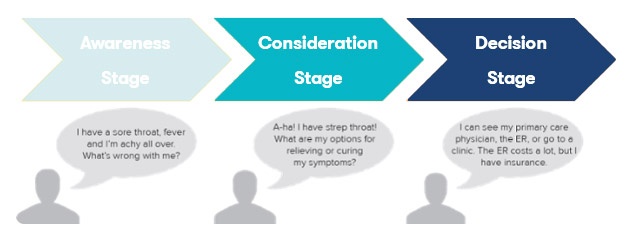
Photo Credit: HubSpot
Draw out the buyer's journey for each product or service that you provide, and analyze your journeys to uncover ideas for content generation.
Step 3 - Conduct keyword research.
Perform a bit of strategic keyword research to understand how your target personas search for solutions like yours. You’ll want to align your content strategy with the terms and queries users are inputting.
Use a mix of tools like SEMrush, BrightEdge and Google AdWords to compile keyword data. When selecting keywords, relevancy should always be your most important consideration. You'll also want to target a list of keywords that include a variance in search volume, difficulty and competitiveness.
Step 4 - Select topics.
Brainstorm topic ideas that answer common questions users have as they move through your sales process or website. Decide on a topic and then break that out into 4-5 sub-topics.
If you're struggling to come up with topic ideas, ask your sales or customer service teams for their input. These are people on the front-lines, interacting with your customers on a daily basis.
Some ideas:
- How-tos
- FAQs
- Top mistakes or oversights
- Myths and truths
- Implementation tips
- Compilation of helpful resources
- Examples of success
- Industry trends
- Predictions
Hint: If you’re using a program like HubSpot, you can take advantage of their content strategy tool, which uses AI to help develop topics for content marketing.
Need topic inspiration? Click here to try HubSpot’s blog topic generator.
Step 5 - Add long-form and short-form tactics.
For any audience, you’ll want to include a mix of long-form and short-form tactics to engage your audience. It’s also important to align the appropriate media type with the right funnel stage.
So, include a healthy set of both long-form and short-form assets in your content strategy. Include as much content that is necessary to achieve your content marketing goals. Think about what content will be necessary to move a lead through your entire marketing and sales funnel, from initial website visit to a closed sale.
Example long-form tactics (with their best-suited funnel stage):
- Checklists (top)
- Infographics (top)
- Ebooks (top)
- Case studies (middle)
- Webinars (middle)
- Quizzes (middle)
- Trials (bottom)
- Demos (bottom)
- Assessments (bottom)
Most long-form tactics should be developed with lead conversion in mind, while short-form tactics, like blog posts and emails, are meant to generate traffic to these various long-form pieces.
As you map out your content types, topic development and refinement should start to flow a bit more naturally. Certain topics will just naturally make sense for certain formats, like webinars, whitepapers, infographics or videos.
Step 6 - Weave it all together.
This is probably the most important step to creating an effective content strategy: weaving the various elements together in a cohesive and logical way that engages your leads and keeps your brand top-of-mind for when they enter the decision stage of the buyer's journey.
The best way to do this is with an automated lead nurturing campaign. Build a lead nurturing element by creating a series of short emails offering the various elements of the content strategy you’ve created. In your emails, be sure to offer a mix of gated (content behind a landing page) and un-gated content. Use if/then branching to keep content flowing to your most engaged prospects and cut down on time spent wasted on unengaged leads.
Below is an example lead nurturing workflow using simple if/then branching:
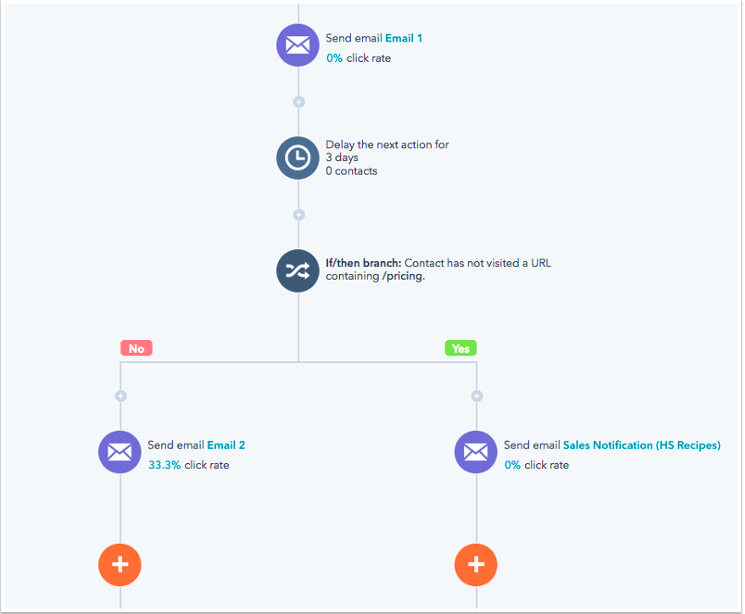
Photo credit: HubSpot
Step 7 - Optimize everything.
The launch of your content marketing campaign is just the beginning. As soon as data starts to come in on your content marketing assets, you should start analyzing and working to optimize your program for better results.
Look at key engagement metrics like time on page and bounce rate, as well as conversion rate data to find "low-hanging fruit" - that is, high-impact, low-effort opportunities for improvement.
Follow the steps above and you’ll have an effective strategy outline to guide your content marketing efforts.
Want to know more about achieving content marketing greatness? We'd love to hear from you! Click below to get in touch.


